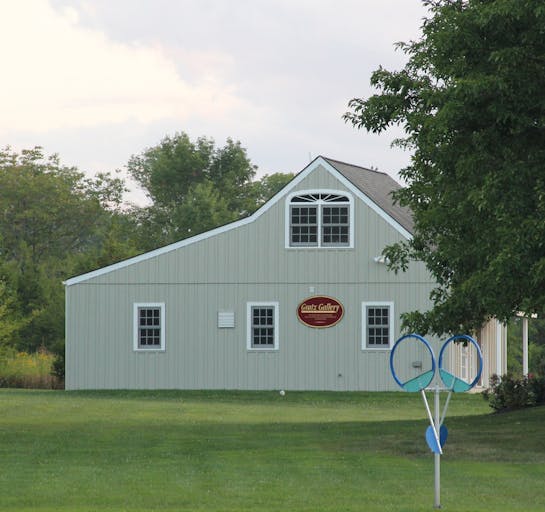James Hamilton
1819 - 1878

James Hamilton
1819 - 1878
Born in Ireland, Hamilton became a landscape painter and is credited with doing one of the first American seascapes, "The Sea at Atlantic City," in 1868. Few of his seascapes have survived but exhibition records reveal that he did numerous coastal scenes from New York to Maryland. He came to the United States, settling with his family in Philadelphia, at age fifteen. His early teachers are unknown, but he had guidance in book and magazine illustration. He enrolled at the Pennsylvania Academy of the Fine Arts and in addition to painting, gained skill in engraving and etching.
He was a great admirer of the landscapes of English painter J.M.W. Turner, and became known as the "American Turner" because of his vivid lighting effects in coastal scenes and seascapes. His only recorded trip abroad was to England in 1854 and 1855, and he studied Turner's paintings while there. He also had a studio in Wilmington, Delaware, but mainly he lived in Philadelphia. One of Hamilton's paintings, "What Are the Wild Waves Saying," was inspired by a scene from Charles Dicken's novel "Dombey and Son." Hamilton gave the painting to Dickens, and Dickens, expressing much appreciation, later said it was the only gift he accepted during his American tour.
Hamilton also became well known for illustrations of the book "Arctic Explorations" by Elisha Kent Kane. In 1878, he died in San Francisco, attempting but not completing a trip around the world.
Source: Art & Antiques, July 2004
